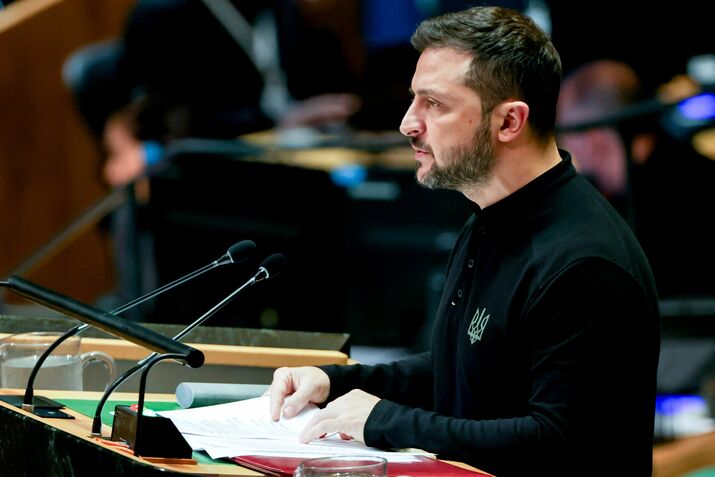Russian nuclear policy is not built on a series of bluffs.
- Rather, it captures a fundamental pillar of deterrence theory dating back to the heyday of the Cold War: Threats that leave something to chance and force the adversary to face potentially uncontrollable risks that entail unacceptable costs.
Why the West should take Russia’s nuclear threats more seriously
By Giles David Arceneaux | June 12, 2024
- These comments, which came only two weeks before Russia launched its full-scale conventional invasion, had the clear goal of deterring external involvement in Russia’s forthcoming war.
Leveraging its nuclear posture
The second effect of Russia’s nuclear threats has been the prevention of decisive Western support for Ukraine. Although Ukraine’s partners have provided significant assistance since 2022, concerns of nuclear escalation have resulted in a cautious, incremental approach to Western support.
- The recent drills involving Russia and Belarus exercising their roles in a nuclear mission capitalize on their new nuclear sharing agreement.
- They mark a notable step up the escalatory ladder to serve as a renewed deterrent signal to Western countries. Through these exercises, Russia is showing a greater commitment to taking risks in the nuclear arena and challenging its adversaries to accept such risks if they plan to oppose Russia in Ukraine more directly.
Western countries should not be immobilized by fear of Russian threats, but they should nevertheless take the risks of conflict seriously. Despite an emerging narrative that Russian nuclear threats are not credible, these threats continue to pose tangible risks for crisis stability. As Putin recently stated, the West would be wrong to completely ignore Russia’s doctrine and threats to use nuclear weapons first in a conflict.
Before Russia invaded Ukraine, many Western states were skeptical of US warnings regarding an imminent Russian attack. This skepticism was clearly misplaced, however, and Western leaders should avoid repeating such complacency in response to Russia’s nuclear threats. The outright rejection of Russian threats could lead the West to stumble into a nuclear crisis and force decisions in the face of massive risk and significant uncertainty.
Russia can be opposed, but Western policymakers must be prudent in their actions to manage the potentially low—yet very real—risks of nuclear escalation.
Editor’s note: The views expressed in this piece are those of the author and do not reflect the official policy or position of the US Air Force, the US Defense Department, or the US government.
Why Russia Invaded
Ukraine
How War Might End
Seized Russian Assets








No comments:
Post a Comment